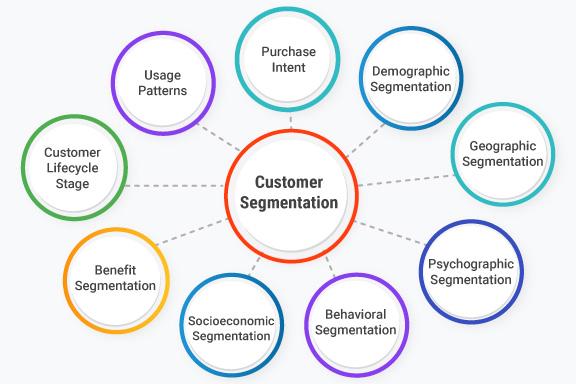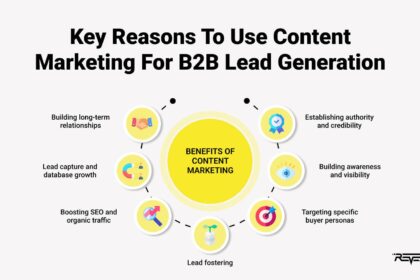In the ever-evolving landscape of modern business, understanding the diverse tapestry of customer motivations, preferences, and behaviors is more than just a strategic advantage—it’s a necessity. As organizations strive to tailor their offerings in a way that resonates with distinct groups, the art and science of customer segmentation emerge as essential tools for unlocking valuable insights. This article delves into the intricate dance between data analysis and creative intuition, exploring how businesses can dissect complex consumer profiles into manageable segments. By melding quantitative insights with qualitative understanding, companies can foster deeper connections with their audiences, driving not only greater engagement but also long-term loyalty. Join us as we navigate through the principles and practices that transform raw data into actionable strategies, revealing the true potential behind effective customer segmentation.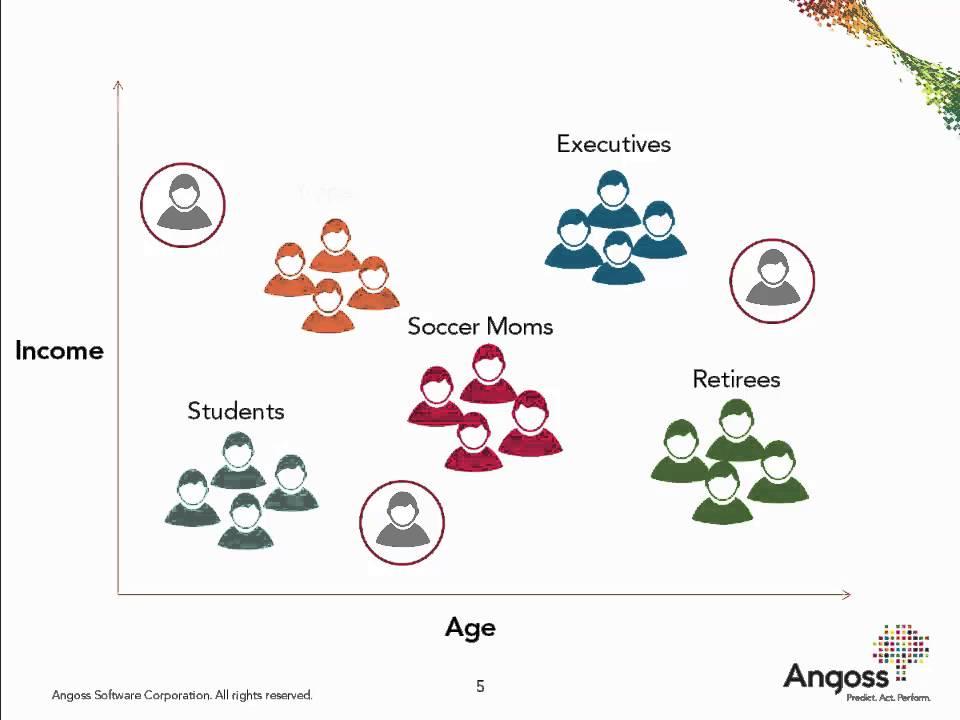
Understanding the Foundations of Customer Segmentation
At the core of effective customer segmentation lies a comprehensive understanding of diverse consumer behaviors and preferences. Segmentation acts as a strategic approach to divvy up your target market into specific categories, enhancing marketing efforts by ensuring messages resonate with the intended audience. By analyzing various factors such as demographics, psychographics, and purchasing behavior, businesses can identify distinct groups and tailor their strategies accordingly. The key factors in achieving successful segmentation include:
- Demographic Variables: Age, gender, income, education level
- Psychographic Variables: Lifestyle, interests, values
- Behavioral Variables: Buying patterns, brand loyalty, usage rate
With a strategic framework in place, organizations can apply unique methodologies to capture the nuances of their customer base effectively. Using data-driven insights gathered from market research, surveys, and analytics, businesses can create a segmentation map that outlines the characteristics of each group. This ultimately aids in crafting tailored marketing messages and product offerings. Below is a simplified representation of potential customer segments:
| Segment | Characteristics | Marketing Focus |
|---|---|---|
| Young Professionals | Tech-savvy, career-driven, urban | Innovative products, digital engagement |
| Eco-conscious Consumers | Environmentally aware, value-driven | Sustainable practices, ethical sourcing |
| Families | Value-oriented, safety-conscious | Family-friendly products, value deals |
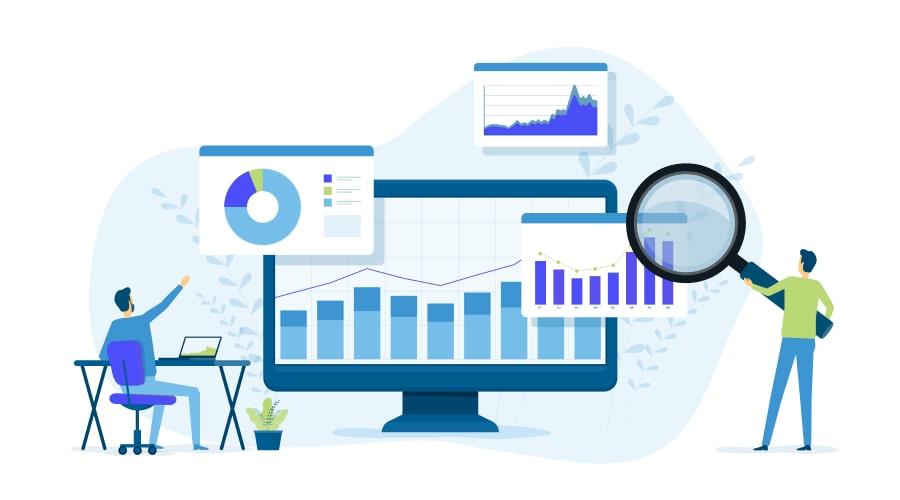
Exploring Advanced Techniques for Effective Data Analysis
Delving into the nuances of customer segmentation requires a mastery of both analytical proficiency and creativity. One must blend various data sources, including demographic, psychographic, and behavioral data, to form a rich tapestry of insights. Techniques such as clustering algorithms and decision trees stand at the forefront of this endeavor, providing the means to uncover hidden patterns within data. By employing a combination of quantitative and qualitative assessments, organizations can effectively categorize their customer base into distinct segments, each with its unique characteristics and needs. This segmentation enables focused marketing efforts, optimizing both engagement and conversion rates.
To enhance the segmentation process, utilizing advanced tools such as machine learning and predictive analytics can yield transformative results. These technologies empower analysts to forecast future behaviors and preferences, refining segmentation strategies in real time. Consider leveraging A/B testing—an essential technique that allows businesses to validate assumptions about customer groups through controlled experiments. Below is a simplified illustration that shows how different segmentation strategies can impact marketing initiatives:
| Segmentation Strategy | Impact on Marketing |
|---|---|
| Demographic | Tailored campaigns based on age, gender, and income |
| Behavioral | Targeted offers based on purchase history and engagement |
| Geographic | Localized marketing strategies that resonate with regional preferences |
| Psychographic | Brand messaging that aligns with lifestyle and values |
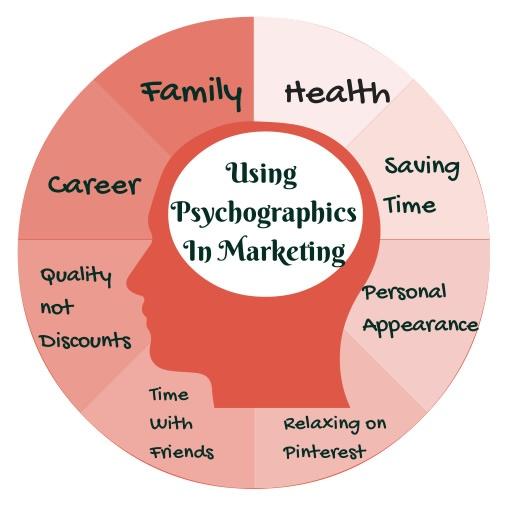
Leveraging Psychographics for Deeper Audience Insights
Understanding your audience goes beyond basic demographics; it delves into the emotional and psychological factors that influence their decisions. By leveraging psychographics, businesses can paint a more vivid picture of their target market, revealing motivations, values, lifestyle choices, and pain points. This deeper layer of insight allows marketers to create tailored strategies that resonate more profoundly with potential customers. Imagine segmenting your audience not just by age or income level, but also by their interests and behaviors.
To effectively utilize psychographics in segmentation, consider exploring key categories that define your audience’s psyche, such as:
- Values and Beliefs: Understanding what drives their core beliefs.
- Lifestyle: Recognizing how they spend their time and resources.
- Personality Traits: Classifying them as introverted, extroverted, adventurous, etc.
- Purchasing Motivations: Analyzing what compels them to buy.
When these insights are compiled into actionable data, businesses can effectively create strategies that speak directly to the needs and desires of their audience. Below is an example of how psychographic data may be structured into a table for clarity:
| Segment | Values | Lifestyle | Buying Motivation |
|---|---|---|---|
| Health Conscious | Wellness | Active, Vegan | Quality over price |
| Tech Enthusiasts | Innovation | Connected, Early adopters | Latest technology |
| Luxury Seekers | Prestige | Affluent, Social | Exclusivity |
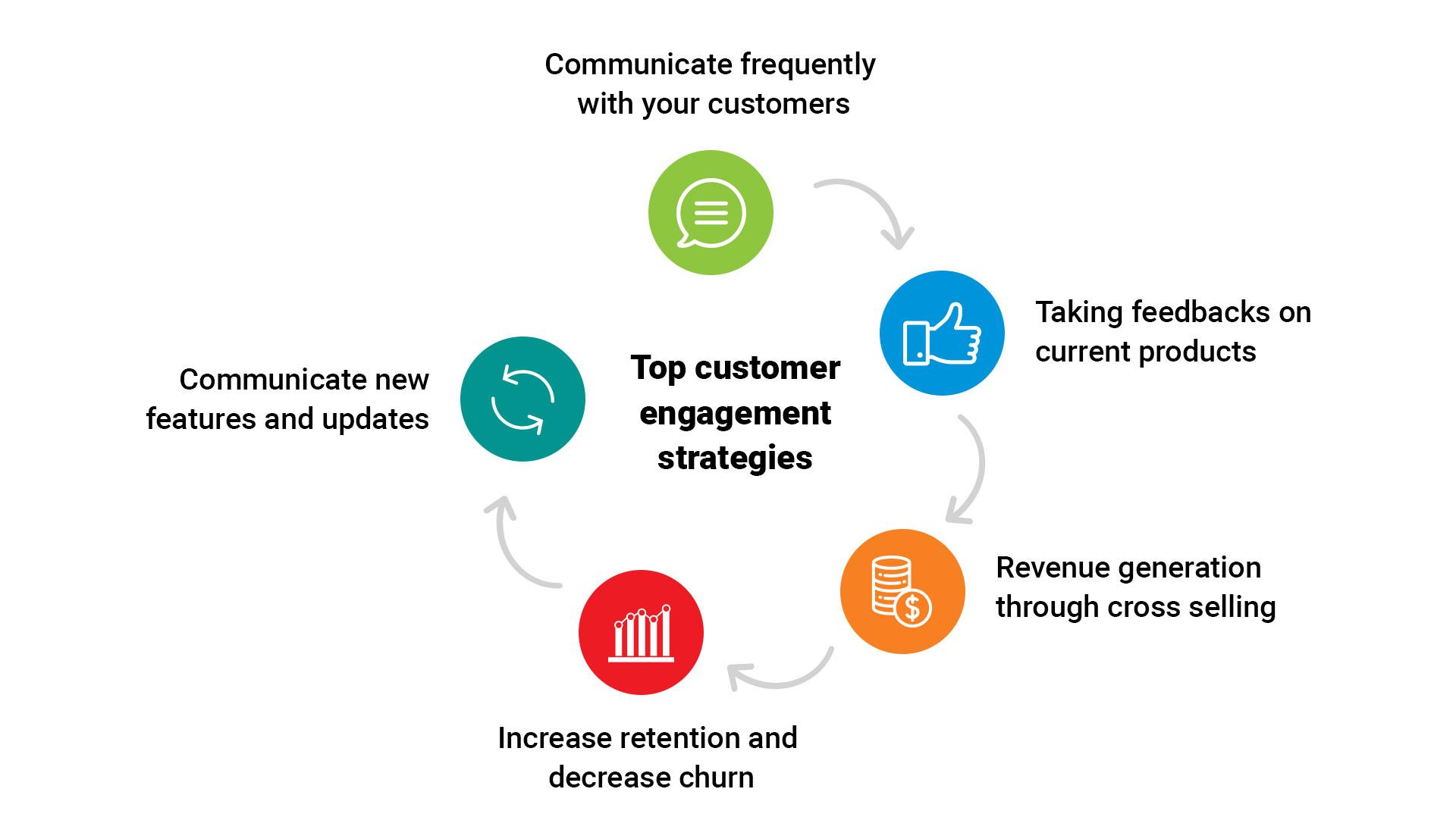
Implementing Tailored Strategies for Enhanced Customer Engagement
To truly elevate customer engagement, brands must embrace the nuances of customer segmentation, leading to strategies that resonate deeply with distinct audience segments. By leveraging data analytics, businesses can identify various customer personas based on criteria such as demographics, purchasing behavior, and preferences. This allows for the development of targeted campaigns that speak directly to the unique interests of each group. Consider implementing tailored approaches such as:
- Personalized Email Marketing: Sending custom messages based on customer data to enhance relevance.
- Dynamic Content: Adjusting website content based on visitor profiles to create a more engaging experience.
- Incentive Programs: Offering loyalty rewards that align with the values and interests of specific customer groups.
Furthermore, the use of innovative technologies can greatly enhance these tailored approaches. For instance, machine learning algorithms can analyze large sets of customer data in real time, allowing brands to adapt their strategies swiftly based on emerging trends. The goal is to foster an interactive customer experience that not only encourages loyalty but also drives word-of-mouth advocacy. A brief overview of common strategies employed based on customer segments can be outlined as follows:
| Customer Segment | Engagement Strategy | Expected Outcome |
|---|---|---|
| Millennials | Social media campaigns | Increased brand awareness |
| Parents | Family-oriented promotions | Higher engagement rates |
| Seniors | Personalized support | Enhanced customer loyalty |
Closing Remarks
In a world where personalization reigns supreme, mastering the art and science of customer segmentation is no longer a luxury but a necessity. As we’ve explored, the delicate balance between data analysis and creative insight enables businesses to connect with their diverse audiences on a more meaningful level. By understanding the nuances of customer behavior, preferences, and needs, organizations can enhance their marketing strategies, foster loyalty, and ultimately drive growth.
As you navigate this intricate landscape, remember that effective segmentation is both an evolving process and a continuous journey. It requires not just the tools at your disposal but also an openness to adapt and innovate as consumer landscapes change. Embrace the challenge, unlock profound insights, and watch as your efforts translate into stronger relationships and shared success. The power to connect starts with understanding—now is the time to harness it.


